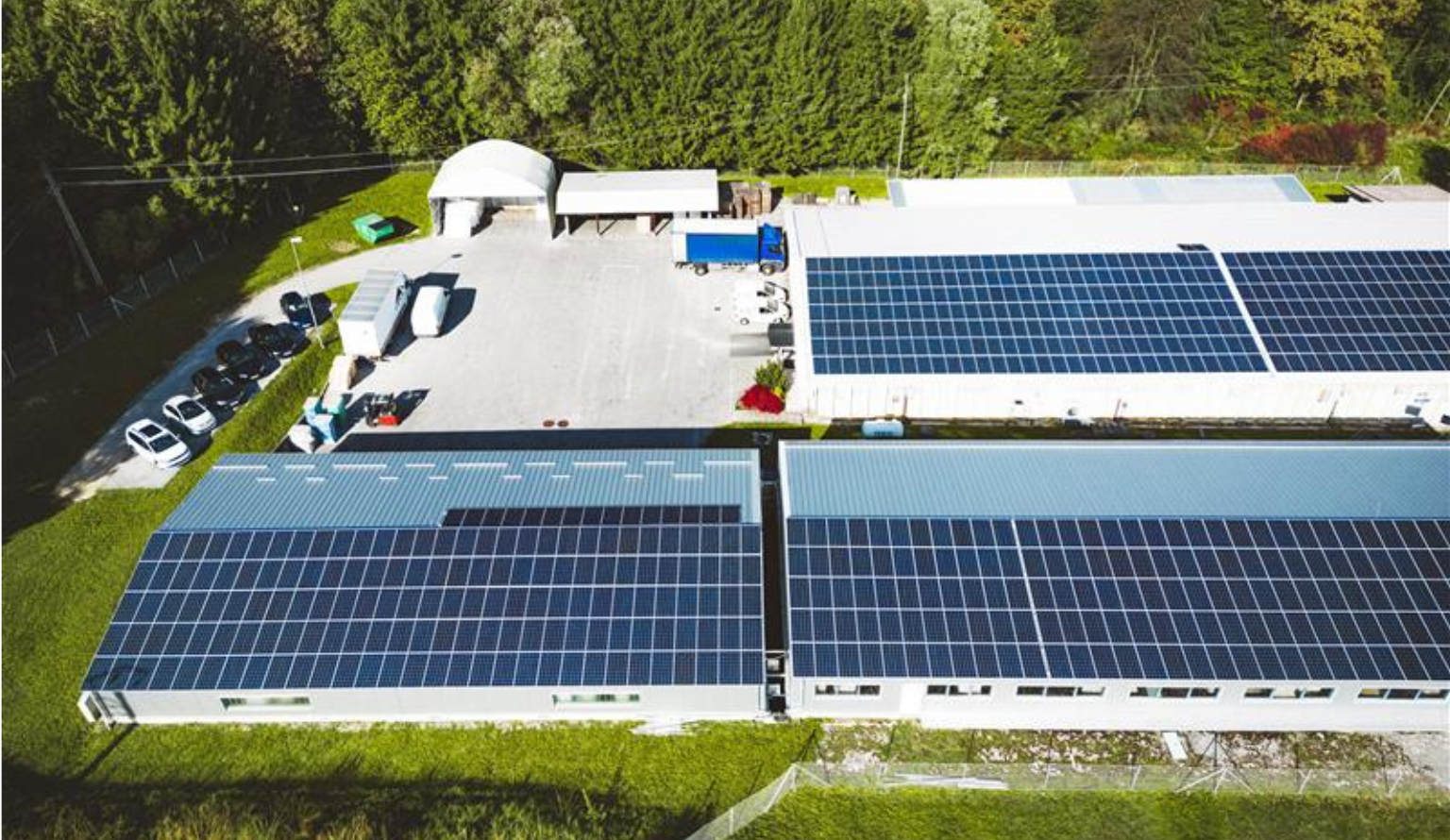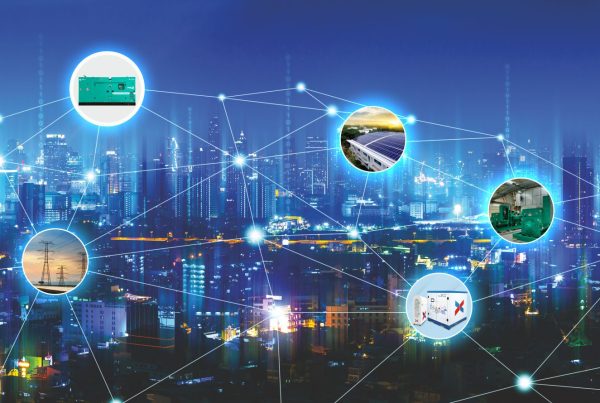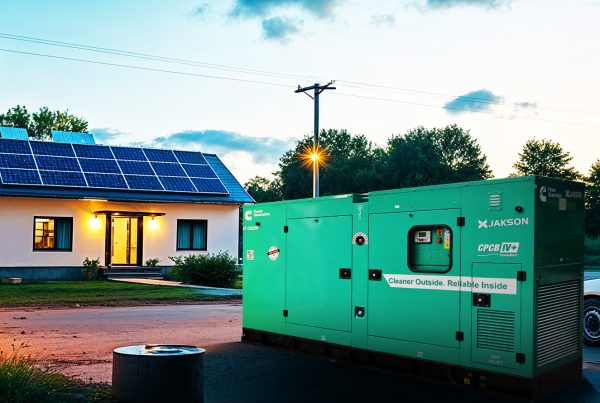As India’s energy demands soar, achieving a balance between grid stability and sustainable practices has become increasingly complex. Enter microgrids, an innovative solution paving the way for a more resilient energy future. These localised networks cleverly integrate solar power, battery energy storage, and advanced smart controls to provide consistent and efficient energy.
At the forefront of this transformation is Jakson Distributed Energy, a pioneering force designing and implementing cutting-edge smart energy systems. Our microgrid projects not only exemplify the power of demand response and smart load management but also illustrate how these strategies can drive down costs, enhance reliability, and bolster grid flexibility, all while fostering a shift toward cleaner energy sources.
Understanding Microgrids in India
Think of a microgrid as a mini power plant that can operate independently or harmoniously with the main grid. It harnesses distributed energy resources (DERs) like solar panels, battery energy storage, and, when needed, diesel generators, all coordinated through an intelligent energy management system (EMS).
In India, microgrids are game-changers, especially in regions plagued by erratic power supply or lacking reliable grid access. Jakson’s microgrid installations at various industrial units and educational institutions showcase our ability to deliver unwavering power, reduce reliance on diesel, and provide sustainable energy solutions for urban and rural communities alike.
The Role of Distributed Energy Resources
At the core of every effective microgrid in India is the seamless integration of distributed energy resources (DERs). These smaller, modular power sources can work independently or in concert with the main grid. Jakson’s innovative setups typically bring together:
1. Solar PV Arrays:
Harvesting clean energy straight from the sun.
2. Battery Energy Storage Systems (BESS):
Storing excess energy for use during peak demand times.
3. Hybrid Controllers and Inverters:
Ensuring smooth power conversion and system synchronisation.
4. Diesel Generators:
Providing a reliable backup during high-demand or isolated instances.
By orchestrating these components through an EMS, microgrids can deliver a flexible and dependable power supply, making them both smart and efficient in terms of load management.
How Demand Response Improves Grid Flexibility
Demand response refers to the ability of consumers or automated systems to adjust our electricity usage based on varying supply conditions or grid signals. Within microgrids, demand response enables dynamic coordination between the EMS, energy storage, and generation assets, leading to several key benefits:
1. Peak Load Management:
BESS stores energy when demand is low and releases it during peak times, helping to flatten the load curve.
2. Cost Optimisation:
Reduces energy expenses by minimising purchases during high-tariff hours.
3. Grid Stability:
Diminishes stress on local and national grids during fluctuations.
By implementing smart grid technologies, Jakson demonstrates how automatic demand adjustments can ensure a stable and cost-effective power flow, even amidst changing generation conditions.
Smart Load Management for Efficient Operations
Smart load management elevates energy efficiency. It involves meticulously monitoring, prioritising, and controlling power consumption within the microgrid. Rather than treating all loads equally, the EMS categorises them into critical and non-critical groups. Here’s how it works:
1. Load Prioritisation:
Essential functions continue uninterrupted while non-critical loads may be deferred.
2. Battery-State Awareness:
The EMS strategically manages charging and discharging schedules based on real-time demands and energy availability.
3. Automated Switching:
Intelligent controls facilitate smooth transitions between grid-connected and island modes, maximising flexibility.
These functionalities are the backbone of Jakson’s smart energy systems, empowering industries, campuses, and remote facilities to operate efficiently with minimal manual oversight.
Jakson Distributed Energy: Practical Implementations
Jakson Distributed Energy’s microgrid projects in India demonstrate practical execution of smart load management and demand response principles:
| Project Location | System Components | Key Objective | Outcome |
| MR Engineering, Odisha | 125 kW solar + 100 kW/76.8 kWh BESS + DG | Reduce diesel dependency | Achieved consistent power reliability and effective peak load management |
| CV Raman Institute, Bhubaneswar | Solar + BESS + DG | Ensure uninterrupted campus power | Seamless switching through smart grid technology and intelligent scheduling |
| Sage Energy Pvt. Ltd., Meerut | 5 kW solar + 5 kW/7.6 kWh BESS + DG | Compact microgrid for industrial loads | Enabled load balancing and reduced fuel consumption through automated EMS decisions |
Each project integrates distributed energy resources and an intelligent EMS to align supply with real-time demand, effectively creating a functional demand response ecosystem.
Load Management vs Demand Response
| Aspect | Smart Load Management | Demand Response |
| Objective | Efficient allocation of internal loads | Align energy consumption with external or grid signals |
| Primary Function | Prioritising and scheduling loads | Adjusting or reducing total demand |
| Time Frame | Real-time or short-term | Scheduled or event-based |
| Tools Used | EMS, inverters, BESS | Tariff-based control, EMS automation |
| Role in Jakson Microgrids | Ensures stable operation and reliability | Enables participation in broader smart grid technology frameworks |
Conclusion
Demand response and smart load management are essential for modern microgrids in India. They improve reliability, reduce costs, and promote cleaner energy use.
Jakson Distributed Energy shows how combining solar power, battery storage, and digital control can enhance energy efficiency and flexibility. Each microgrid, from Odisha to Uttar Pradesh, reflects Jakson’s commitment to strong, decentralised power networks.
As India upgrades its power systems, smart grid technology and effective energy management will be key to sustainable energy independence.
FAQs
Q1. How does smart load management help users?
It ensures steady power for important operations and moves flexible use to lower-demand times, improving efficiency and cutting costs.
Q2. What is the role of demand response in stability?
It adjusts energy use during peak times to help the grid stay flexible and prevent overloads.
Q3. How does Jakson include demand response features?
It uses smart grid technology and energy management systems to balance loads and reduce reliance on fossil fuels









